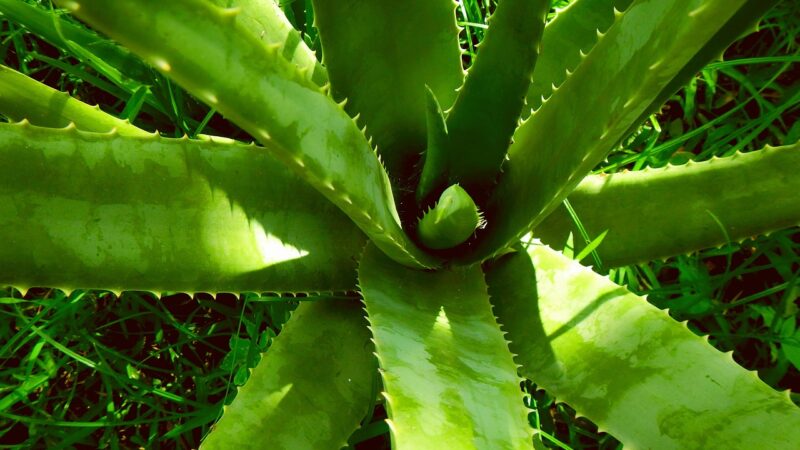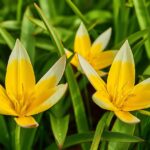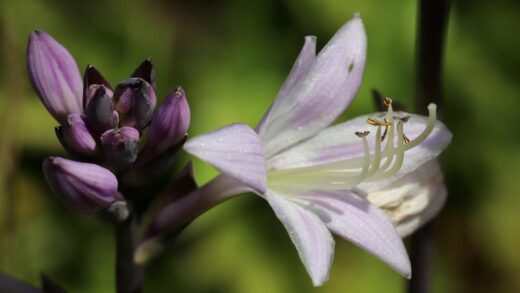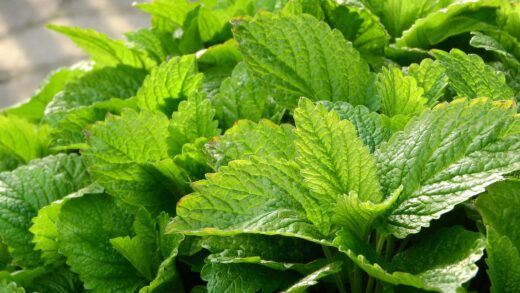The overwintering of aloe vera

As the days grow shorter and the temperatures begin to drop, it is time to start thinking about how to care for your Aloe vera during the winter months. This succulent, which thrives in warm, sunny conditions, requires some special attention to help it navigate the challenges of the colder, darker season. Overwintering is the process of protecting your plant from the harsh winter weather, ensuring its survival and health until the return of spring. For Aloe vera plants grown outdoors in climates with freezing temperatures, this means bringing them inside to a protected environment. For those already grown as houseplants, it involves adjusting their care routine to accommodate their period of dormancy.
The primary goal of overwintering is to mimic the plant’s natural dormant period. In its native habitat, Aloe vera would experience a dry season with less rainfall and cooler temperatures, which signals the plant to slow down its growth and conserve energy. By replicating these conditions in your home, you can help your Aloe vera rest and recharge for the next growing season. This means reducing the frequency of watering, ceasing fertilization, and providing as much light as possible during the shorter winter days.
Before bringing an outdoor Aloe vera inside, it is crucial to inspect it thoroughly for any pests that may have taken up residence on the plant during the summer. Pests such as mealybugs, scale insects, and spider mites can multiply rapidly in the warm, dry conditions of a heated home and can quickly spread to your other houseplants. A careful examination and treatment of any infestations before moving the plant indoors will save you a lot of trouble later on.
With a little preparation and a few adjustments to your care routine, overwintering your Aloe vera can be a simple and successful process. By providing the right conditions, you can ensure that your plant not only survives the winter but also emerges in the spring healthy, rested, and ready for a new season of growth. This period of dormancy is a natural and necessary part of the plant’s life cycle, and by respecting it, you will be rewarded with a more robust and vibrant plant in the long run.
Preparing to bring your plant indoors
The transition from outdoors to indoors can be a shock to an Aloe vera plant, so it is important to make it as gradual as possible. About a week or two before the first expected frost, start by moving your plant to a shadier spot in your garden. This will help it begin to acclimate to the lower light levels it will experience inside. A sudden move from bright, direct sunlight to the relative dimness of a house can cause the plant to become stressed and may lead to leaf drop.
More articles on this topic
This is also the perfect time to give your plant a thorough inspection for pests. Check the leaves, both top and bottom, the stem, and the soil for any signs of insects. Pay close attention to the crevices at the base of the leaves, as this is a favorite hiding spot for mealybugs. If you do find any pests, treat the plant before bringing it inside. You can spray it with a strong stream of water to dislodge any hangers-on, or treat it with an insecticidal soap or neem oil.
It is also a good idea to prune your Aloe vera before moving it indoors. Remove any dead, damaged, or yellowing leaves. This will not only improve the appearance of the plant but also help to prevent the spread of any potential diseases. Pruning can also help to reduce the overall size of the plant, making it easier to handle and find a suitable spot for it inside your home.
Finally, consider repotting your plant if it has been in the same pot for a couple of years or if it is outgrowing its current container. Repotting in the autumn is generally not recommended as the plant is entering dormancy, but if the plant is severely root-bound, it may be necessary. If you do repot, be sure to use a well-draining soil mix and a pot with adequate drainage holes.
Indoor winter care
Once your Aloe vera is indoors for the winter, the most important change to its care routine is to reduce watering. During its dormant period, the plant’s water needs are significantly lower. Overwatering in the winter is the most common cause of death for Aloe vera plants. Allow the soil to dry out completely before watering. This could mean watering as infrequently as once a month or even less, depending on the conditions in your home.
More articles on this topic
Light is another critical factor for indoor winter care. Place your Aloe vera in the brightest spot you can find. A south-facing window is ideal, as it will provide the most hours of sunlight during the short winter days. If you do not have a location with enough natural light, you may want to consider supplementing with a grow light. A lack of sufficient light can cause the plant to become etiolated, or stretched and spindly.
Maintain a cool, but not cold, temperature for your plant. Aloe vera prefers winter temperatures between 10 and 15 degrees Celsius. However, it will tolerate normal room temperatures as well. The most important thing is to keep it away from cold drafts, such as those from windows or doors, as well as from heat sources like radiators or vents, which can dry out the plant.
Do not fertilize your Aloe vera during the winter. The plant is not actively growing, so it does not need the extra nutrients. Fertilizing during dormancy can lead to a buildup of salts in the soil, which can damage the roots. Wait until the spring, when you see signs of new growth, to resume fertilizing.
Common winter problems
One of the most common problems during the winter is the plant becoming leggy or etiolated. This is a direct result of insufficient light. The plant stretches towards the light source, resulting in long, weak stems and pale, small leaves. To prevent this, provide as much light as possible. If natural light is limited, a full-spectrum grow light can make a big difference.
Another issue is the development of fungal diseases, such as powdery mildew or leaf spot. These can be more common in the winter if there is high humidity and poor air circulation. While most homes are dry in the winter, be mindful of placing your plant in a naturally humid area like a bathroom. Ensure there is good airflow around the plant to help prevent these problems.
Pests that were missed during the pre-move inspection can become a major problem indoors. The warm, dry air of a heated home is an ideal breeding ground for pests like spider mites. Continue to inspect your plant regularly throughout the winter. If you do find pests, isolate the plant from your other houseplants and treat the infestation immediately.
Leaf drop or yellowing can also occur as the plant adjusts to its new indoor environment. This is often a sign of stress from the change in light, temperature, or watering. As long as the problem is not severe and the base of the plant is still firm and healthy, the plant should recover as it acclimatizes. Be patient and continue to provide the best care you can.
Transitioning back outdoors in spring
When the danger of frost has passed in the spring and nighttime temperatures are consistently above 10 degrees Celsius, you can begin to transition your Aloe vera back outdoors. Just as you acclimated it to indoor conditions in the autumn, you need to acclimate it to the stronger light and different conditions outside. A sudden move into direct sunlight can scorch the leaves.
Start by placing the plant in a shady, protected spot outdoors for a few hours each day. A covered porch or under a tree is a good starting point. Gradually increase the amount of time the plant spends outside and the amount of direct sunlight it receives over a period of one to two weeks. This hardening-off process is crucial for preventing sunburn and stress.
As the plant adjusts to being back outdoors, you will notice that its water needs will increase. The warmer temperatures and increased light will cause the soil to dry out more quickly. Resume your regular watering schedule, allowing the soil to dry out between waterings. This is also the time to give the plant its first dose of fertilizer for the season to encourage new growth.
Keep an eye on the weather forecast during the transition period. A late spring frost can be deadly to an Aloe vera. If there is a risk of frost, be sure to bring the plant back inside or cover it for protection. Once the plant is fully acclimated to its summer home, it will reward you with robust growth and may even produce pups that you can propagate into new plants.



















